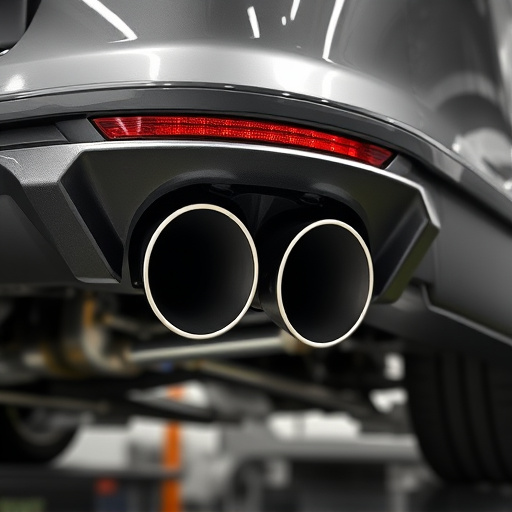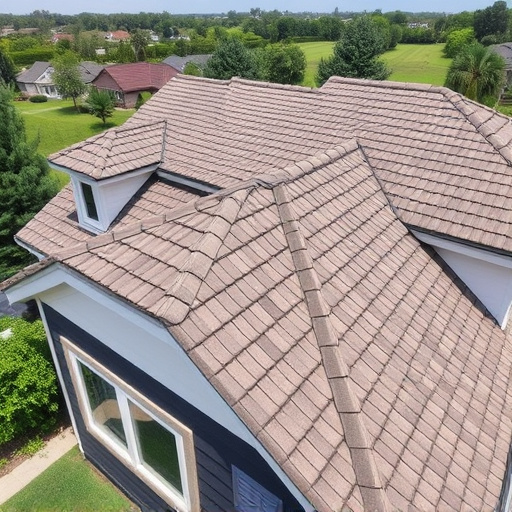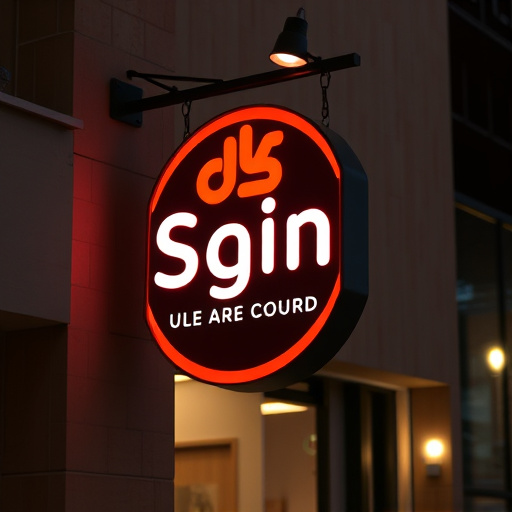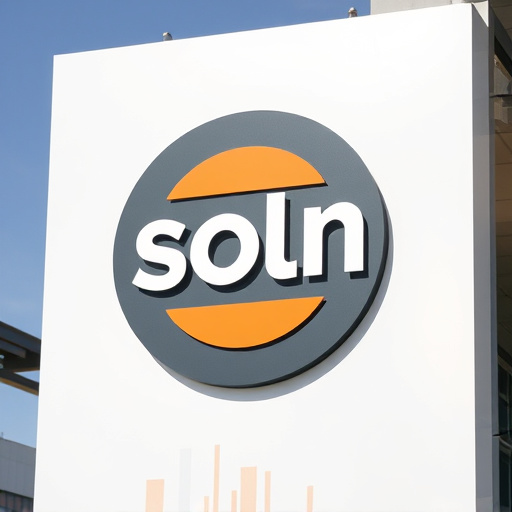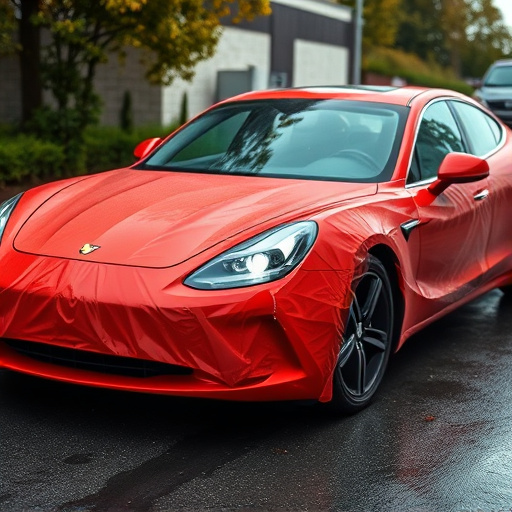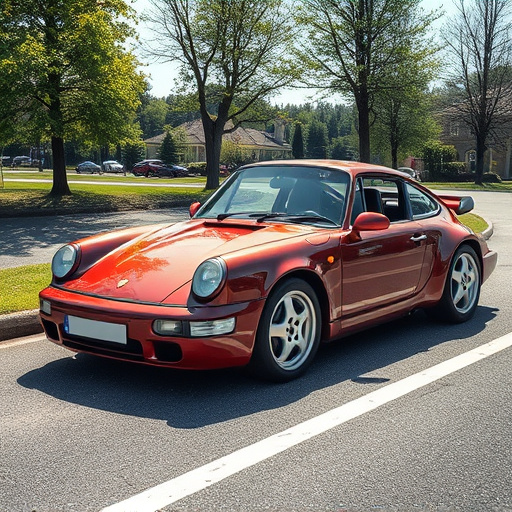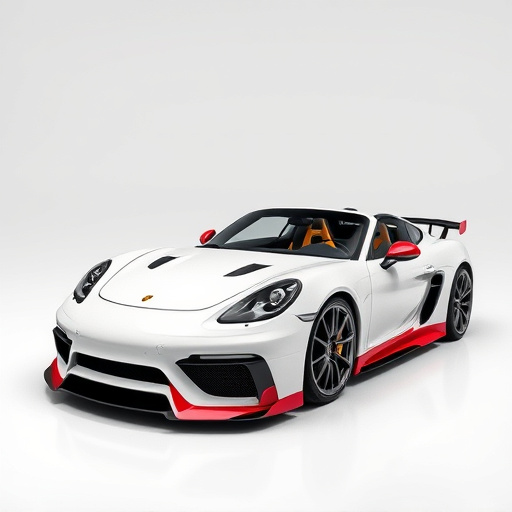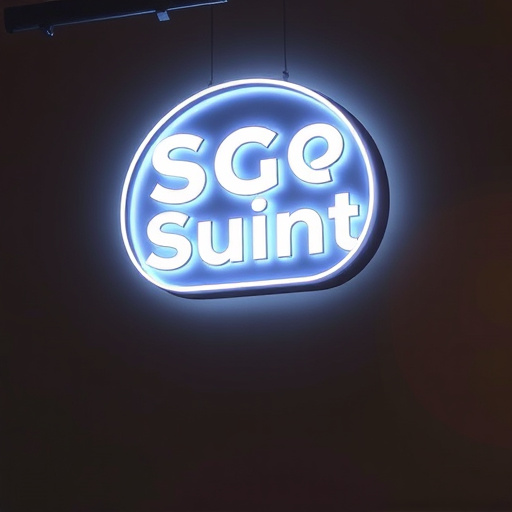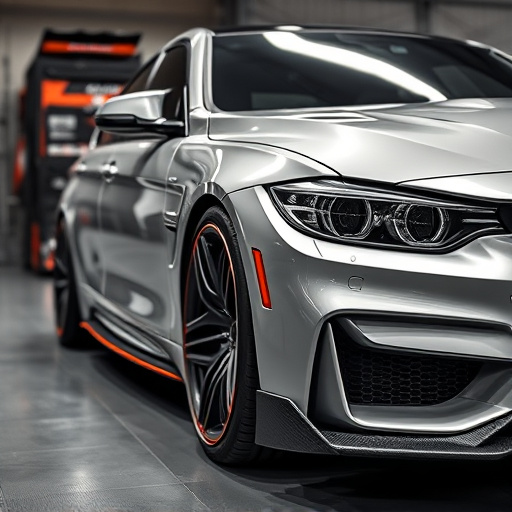Partial vehicle wraps are a cost-effective branding solution for businesses, strategically applying graphics to specific car parts like sides and rear ends for maximum exposure without high costs. They serve as mobile billboards, ideal for local promotions. These wraps offer protection while showcasing captivating visuals, making them attractive for impactful yet affordable advertising. Effective tactics include geographic targeting, concise messaging, high-quality visuals, and dynamic content based on real-time data. Case studies show their success in urban retail and tech startups, enhancing brand presence and driving conversions through strategic design and protective coatings.
“Discover the power of a partial vehicle wrap as a dynamic advertising tool. This innovative approach allows for precise messaging, targeting specific demographics without overwhelming the audience. In this article, we’ll explore the benefits and applications of partial wraps, providing insights into their versatility. Learn how to integrate targeted ad campaigns effectively, following best practices guaranteed to grab attention. We’ll also present inspiring case studies, showcasing successful implementations that drive engagement and leave a lasting impression.”
- Understanding Partial Vehicle Wraps: Benefits and Applications
- Integrating Targeted Ad Messaging: Strategies and Best Practices
- Case Studies: Successful Implementation of Partial Vehicle Wrap Ads
Understanding Partial Vehicle Wraps: Benefits and Applications
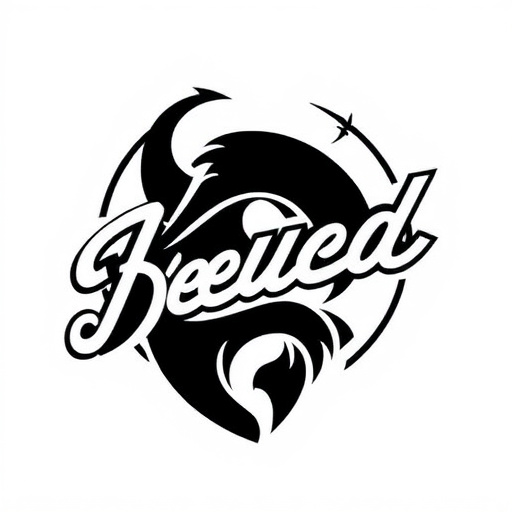
Partial vehicle wraps offer a versatile solution for businesses looking to enhance their brand visibility while keeping costs down compared to full vehicle wraps. This targeted approach involves applying graphic designs or advertisements to specific areas of a car, truck, or van, such as sides, doors, or rear ends. By focusing on these partial sections, companies can maximize impact without overspending on unneeded coverage.
One of the key benefits is the ability to transform any vehicle into a moving billboard, allowing for precise messaging and brand exposure. They are especially useful for local businesses, where promoting services within a specific geographic area is essential. Additionally, custom vehicle wraps with partial covers can include paint correction services, ensuring the base vehicle remains in excellent condition while showcasing eye-catching graphics. This combination of mobile advertising and vehicle protection makes partial wraps an attractive option for businesses aiming to make a statement while maintaining cost-effectiveness.
Integrating Targeted Ad Messaging: Strategies and Best Practices
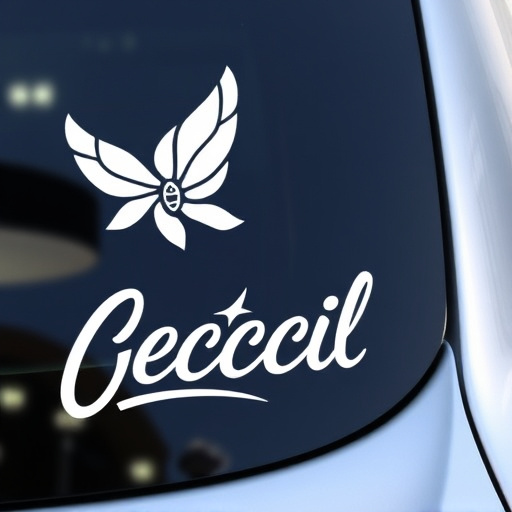
Integrating targeted ad messaging into a partial vehicle wrap is a powerful strategy to engage and capture the attention of specific audiences. This approach leverages the mobility of vehicles, transforming them into dynamic advertising platforms. One effective tactic is to align ad campaigns with geographic locations or events, ensuring that relevant messages reach the intended demographic directly. For instance, a local business could wrap their delivery vehicles with promotional graphics targeting nearby neighborhoods during special sales events.
Best practices for successful implementation include clear and concise messaging, high-quality visuals, and using dynamic content to adapt ads based on real-time data. Custom vehicle wraps, such as those with protective coatings like ceramic coating, offer a versatile canvas for creative designs while ensuring the vehicle’s original finish is preserved. By combining strategic targeting with visually appealing wraps, businesses can maximize their marketing impact, create brand awareness, and drive conversions effectively through partial vehicle wrap advertising.
Case Studies: Successful Implementation of Partial Vehicle Wrap Ads
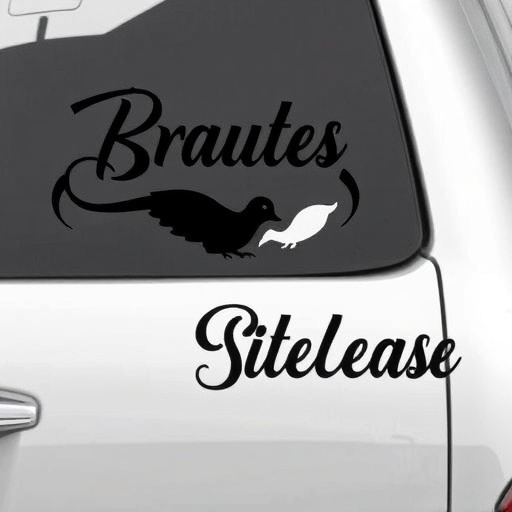
Partial vehicle wraps have proven to be a powerful tool for brands seeking to enhance their marketing strategies with innovative visuals. Case studies from various industries highlight successful implementations that showcase the potential of this dynamic advertising approach. For instance, a retail company in a bustling urban center utilized partial wraps on its delivery fleet to promote seasonal sales and special offers. By strategically placing graphics on specific sections of the vehicles, they were able to capture the attention of pedestrians and commuters alike, leading to an increase in foot traffic and sales during peak times.
Another notable example involves a tech startup that embraced custom vehicle wraps as part of its brand-building initiative. Their partial wraps featured intricate designs that showcased product benefits while maintaining a sleek, modern aesthetic. This approach not only turned their vehicles into moving billboards but also sparked curiosity among onlookers, driving traffic to their website and social media platforms. These real-world applications demonstrate how partial vehicle wraps can effectively convey targeted messages, engage audiences, and ultimately contribute to the success of marketing campaigns, all while providing a protective coating for the underlying vehicle surfaces through specialized paints and custom wraps.
Partial vehicle wraps offer a dynamic and visually appealing way to deliver targeted ad messaging, transforming everyday vehicles into mobile billboards. By focusing on specific areas of the car, this marketing strategy allows for precise targeting of audiences, making it an effective solution for businesses aiming to enhance brand visibility. The integration of targeted ad campaigns with partial wraps, as showcased in various case studies, has proven successful in capturing attention and driving engagement, ultimately contributing to increased brand awareness and marketing ROI.
